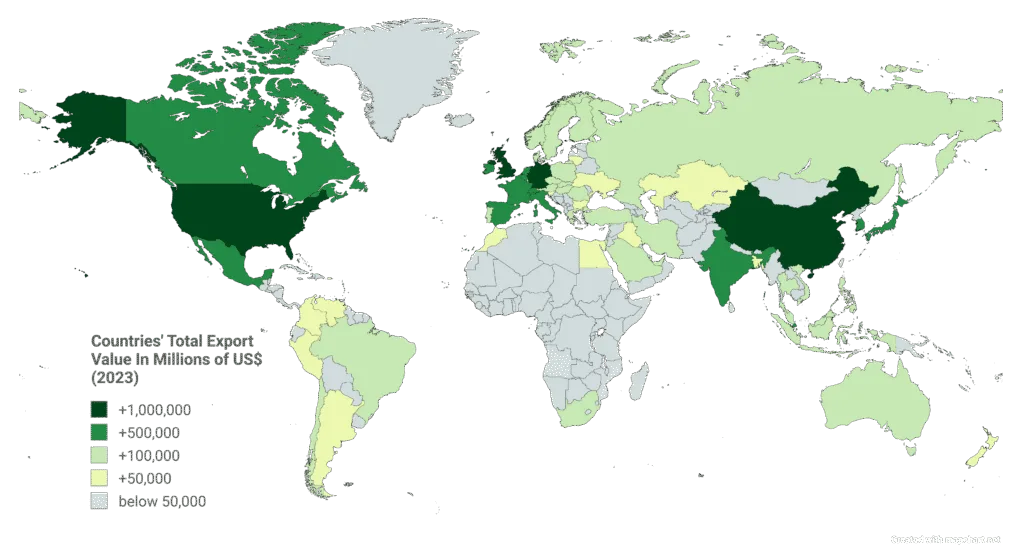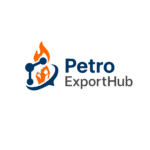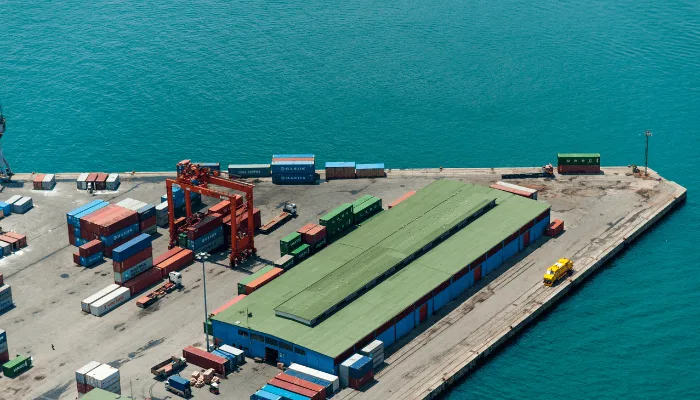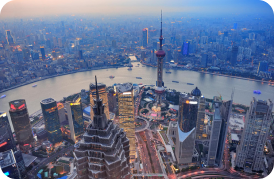
The Rise of Petrochemical Demand in South Asia: Key Insights for Exporters
Introduction
South Asia, home to nearly 2 billion people, has emerged as one of the fastest-growing regions for industrial and consumer demand. With booming economies like India, Bangladesh, Pakistan, and Sri Lanka, the appetite for petrochemicals is rising rapidly. Petrochemicals serve as the backbone of industries ranging from textiles and construction to packaging and automotive manufacturing.
For exporters in the Middle East and beyond, understanding why South Asia is becoming a top market for petrochemicals and how to position themselves strategically is crucial to tapping into long-term trade opportunities.
Why Petrochemical Demand Is Rising in South Asia
Population Growth & Urbanization
South Asia adds millions of urban residents annually. With expanding cities comes higher consumption of plastics, construction materials, and consumer goods — all heavily reliant on petrochemicals.
Textile Industry Expansion
India and Bangladesh are among the world’s largest textile exporters. Products like polyester fibers, MEG (mono ethylene glycol), and PTA are essential feedstocks for this sector.
Infrastructure & Construction Boom
Petrochemicals such as PE100B for pipes, polypropylene (PP) for sheets, and PVC for cables are vital for mega infrastructure projects across the region.
Rising Middle-Class Consumption
Growth in packaged food, e-commerce packaging, and consumer electronics means increased demand for polyethylene, polystyrene, and PET.
Key Petrochemicals in High Demand
Polyethylene (PE & PE100B): Used in packaging, pipes, and films.
Polypropylene (PP): For automotive components, household goods, and fibers.
Mono Ethylene Glycol (MEG): Essential for textiles and polyester.
Methanol: Used in adhesives, paints, and resins.
Sulphur & Fertilizer Derivatives: Supporting agriculture in agrarian economies.
Exporters who specialize in these products will find consistent demand growth across South Asia.
Leading Import Markets in South Asia
India
World’s fastest-growing petrochemical consumer.
Heavy imports of PE, PP, and MEG despite domestic production.
Expanding refining and chemical hubs, yet still import-reliant.
Bangladesh
Textile giant and second-largest garment exporter globally.
Imports large volumes of MEG and polyester feedstocks.
Demand for packaging plastics increasing with consumer market growth.
Pakistan
Growing infrastructure projects create demand for pipes, cables, and packaging plastics.
Petrochemical imports face logistical challenges but remain crucial for local industry.
Sri Lanka & Nepal
Smaller but emerging markets, heavily import-reliant.
Focused on packaging, construction, and consumer products.
Export Opportunities for Middle Eastern Producers
The Middle East, with its abundant feedstock and competitive production costs, holds a strategic advantage in serving South Asian buyers. Key opportunities include:
Geographic Proximity: Shorter shipping times from ports like Bandar Abbas (Iran), Jebel Ali (UAE), Jubail (Saudi Arabia).
Cost Competitiveness: Access to cheap ethane and naphtha gives Middle Eastern producers a pricing edge.
Free Trade Agreements: Certain bilateral trade arrangements reduce tariffs and increase market entry efficiency.
Challenges Exporters Should Consider
Logistical Bottlenecks: Limited port capacity in South Asia often leads to congestion and delays.
Regulatory Standards: Import duties, quality certifications, and safety compliance must be carefully followed.
Geopolitical Risks: Regional instability can affect payment security and shipping routes.
Competition from China: Chinese suppliers often compete aggressively in price-sensitive markets.
Future Outlook: South Asia as the Next Petrochemical Growth Engine
By 2030, South Asia is expected to become one of the top three petrochemical demand hubs globally.
Demand growth will be led by India’s expanding industrial base and Bangladesh’s textile dominance.
Exporters who establish long-term distribution networks, storage facilities, and partnerships in the region will secure a strong competitive position.

South Asia is emerging as a petrochemical demand hotspot, driven by population growth, industrialization, and urban expansion.
Middle Eastern exporters have a strategic edge due to cost efficiency and proximity.
India and Bangladesh are the largest importers, especially for MEG, PE, and PP.
Overcoming logistical and regulatory challenges is key to sustained success.
- Contact Us today and get connected with producers and export-ready logistics.
- sales@PetroExportHub.com

Related posts
Mono Ethylene Glycol (MEG) serves as a cornerstone for modern antifreeze and coolant formulations, offering reliable freezing protection and heat resi . . .
Explore Solvent 100’s specs, uses, and export opportunities from Iran. Ideal for paint, ink, and adhesive buyers in India, Turkey, UAE, and Africa. . . .
Explore everything you need to know about exporting sulphur from Iran in 2024 — including types, packaging, documents, ports, prices, and top import . . .
Explore Iran’s top ports for petrochemical exports, including Bandar Imam Khomeini, Assaluyeh, and Bandar Abbas. Compare infrastructure, accessibili . . .
Learn the key differences between polypropylene (PP) and polyethylene (PE), their applications, advantages, and how to choose the right polymer for yo . . .
Discover how a Turkish plastics manufacturer reduced costs by 22% through importing HDPE from Iran. Real-world case study by PetroExportHub. . . .
Learn why Iran is a leading exporter of polyethylene (PE). Discover grades, global applications, and how PetroExportHub connects buyers with top suppl . . .
We are here to answer your questions....
Petro Export Hub
PetroExportHub specializes in the export of premium-grade petrochemicals, minerals, and industrial chemicals from Iran, serving international markets with reliability, transparency, and tailored logistics solutions
Tehran Office
Phone:
0214865484 | +989127607241
Address:
Tehran..
China Office
TEL :
0211400
Address:
Zhongzhou Bie Lu, Zhongcheng Street, Yiwu City, Zhejiang Province, China
Quick Access
Quick Access
- Contact Our Sales Team
- Frequently Questions
- Shipping & Logistics
- Become a Partner
- Certificatins & Quality







